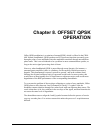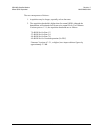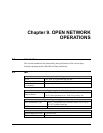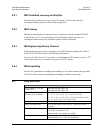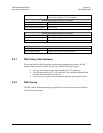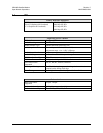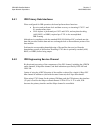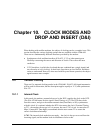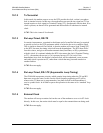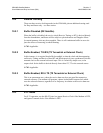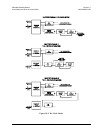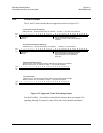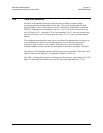
10–1
Chapter 10. CLOCK MODES AND
DROP AND INSERT (D&I)
When dealing with satellite modems, the subject of clocking can be a complex issue. This
section describes the various clocking options that are available with the CDM-600.
There are two fundamentally different interfaces provided by the modem:
• Synchronous clock and data interfaces (EIA-422, V.35, etc) that permit great
flexibility concerning the source and direction of clocks. These cause the most
confusion.
• G.703 interfaces, in which the clock and data are combined into a single signal (and
are referred to as self-clocking). In their basic form these are less flexible, and hence
easier to understand. However, when used with Drop and Insert operation, the subject
again becomes more complex.
10.1 Transmit Clocking
There are five transmit clocking modes in the CDM-600. EIA-422/449 signal mnemonics
will be used for illustration, but the description applies equally to V.35, and synchronous
EIA-232.
10.1.1 Internal Clock
In this mode, the modem, assumed always to be the DCE, supplies the clock to the DTE.
(The EIA-422/449 name for this signal is Send Timing, or ST.) The DTE then clocks
from this source, and gives the modem transmit data (Send Data, or SD), synchronous
with this clock. It is optional whether the DTE also returns the clock (Terminal Timing,
or TT) - the modem can accept it if it is present, but uses ST if it is not. At rates above 2
Mbps, Comtech EF Data highly recommends that the user returns TT to ensure the
correct clock/data relationship.
G.703: The internal clock mode does not apply – the clock is always recovered from the
incoming signal, and the modem locks its modulator clocks to this.



